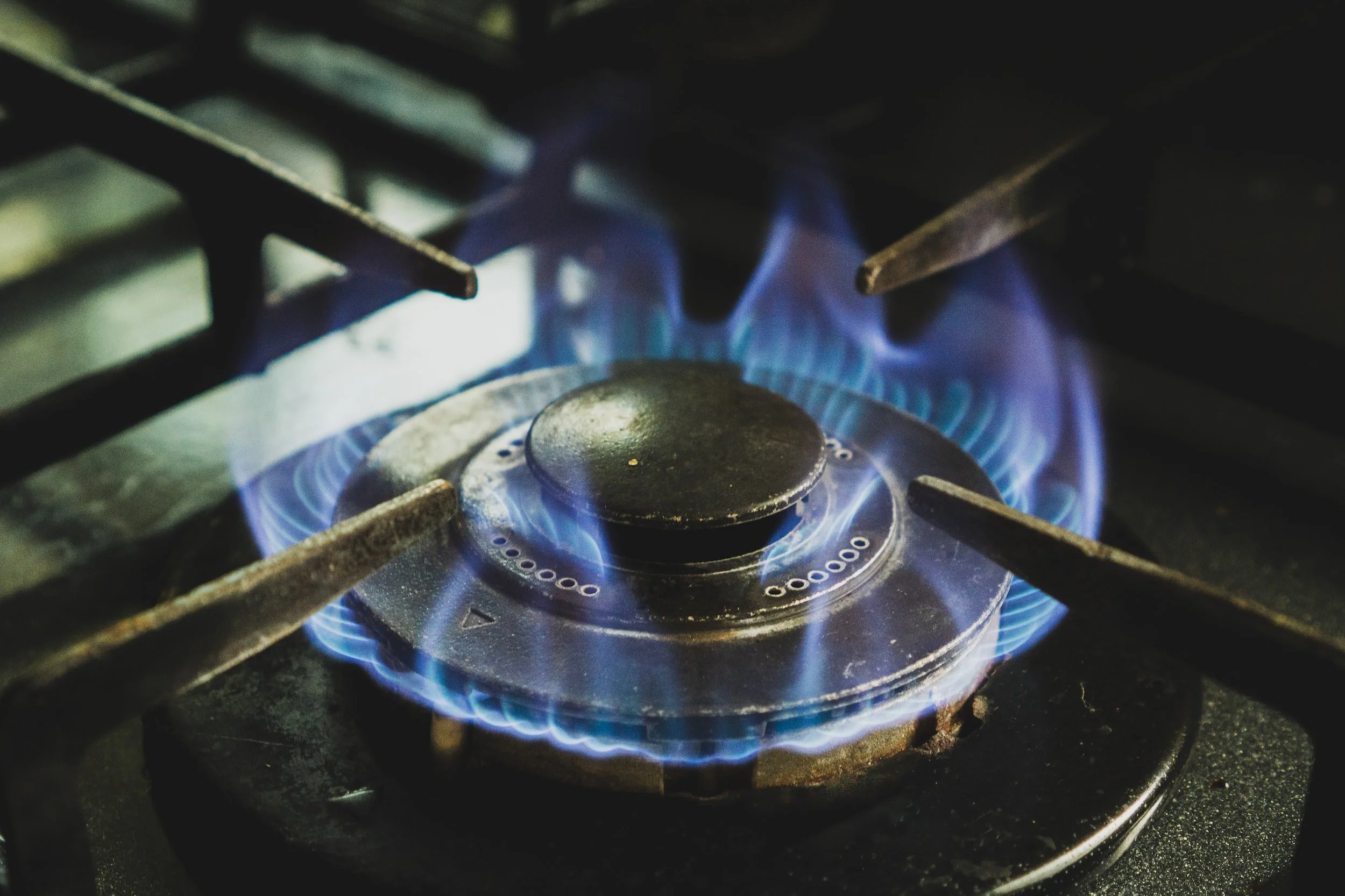How is movement changed by pain?
By Dr. Joshua Kiely, DC
Sam was doing the laundry and bent over to pick up one of their kid’s socks when their back spasmed. They immediately seized up and stood straight as a board as they clenched their sore rear end.
Sam had pulled their back before so they didn’t panic, but they were “stuck” for the next hour. The pain eventually started to subside, so they decided to get out and go for a walk to try and loosen up. On the walk, they felt like the Tin Man from Wizard of Oz and couldn’t get into a smooth gait.
During acute pain our body’s nervous system is activated to protect us against real or perceived threats to our tissues (muscles, joints, ligaments etc.). One of the effects of this protective nervous system is to dramatically change our motor outputs and movement patterns. Most of the time these changes are subconscious, so it can be hard to control how we’re moving differently.
Understanding how pain can effect our movement is key to being better prepared to deal with the next painful injury.
The protective nervous system
An example of the protective nervous system in action is illustrated by watching someone touch their hand to a hot stove by accident. The heat from the stove is a serious threat to our body, and our nervous system protects us by automatically engaging all of the arm and shoulder muscles required to quickly yank our hand away from the heat.
This process is complex and involves receptors in the hand transmitting information about the extreme heat to the brain via nerves and the spinal cord. Throughout this process their are reflexive feedback loops that coordinate movements and initiate protective measures long before the information ever even reaches the brain.
Our body reacts even faster than we can think.
This protective mechanism happens quicker than our conscious brain can even process the event. Before we’ve even had a chance to “feel” the pain, our body has found a way to avoid further damage.
We aren’t robots, but sometimes we might feel like one
In my chiropractic practice, patients with back pain often report feeling like they are moving in a rigid pattern similar to a robot. This sensation can last days and sometimes even weeks after the initial injury. A highly protective nervous system may be the cause for this creaky and stiff style of movement.
The body may try to protect an injured area by immobilizing it with the use of neighbouring muscles. Patients often tell me that they pulled their back while bending over to pick up something small like a kid’s toy. The pain started in their low back, but within days, their hamstrings and upper back became very stiff as well.
The muscles above and below the area of injury have tightened up to generate a splint-like effect designed to immobilize the area that is most painful. In the short-term, this is an excellent protective mechanism, but within a few days it may be counter-productive to a quick resolution of symptoms.
Pain can create the sensation of weakness
Pain may also contribute to muscular inhibition. Muscular inhibition may cause the sensation of weakness in a joint.
It is common for patients suffering from osteoarthritis to feel like their knee or hip is “weak” when they are having a flare-up of symptoms. The irritation in the joint can cause our nervous system to react by reducing the motor outputs in the muscles around the joint.
The evidence-based solution for this side-effect of pain is a well-designed strengthening program and consistent management of symptoms. By keeping pain to a minimum, and increasing the strength of the muscles surrounding the painful joint, we can maintain better function and overall better health.
Our body wants to heal itself
The human body is adept at self-healing, and the nervous system modifying motor function is just one of many strategies we all use to help overcome painful injuries. Left to itself, our body will heal many injuries without any intervention, but sometimes the help of a professional can dramatically reduce the time it takes to get back to full health.
In my Ottawa-based chiropractic practice, I provide assessment and treatment to help patients optimize recovery and understand their bodies better.
If you’d like to get started moving better and feeling better, contact SpineOttawa to organize an assessment in the convenience of your own home, or a virtual assessment anywhere in Ontario.

